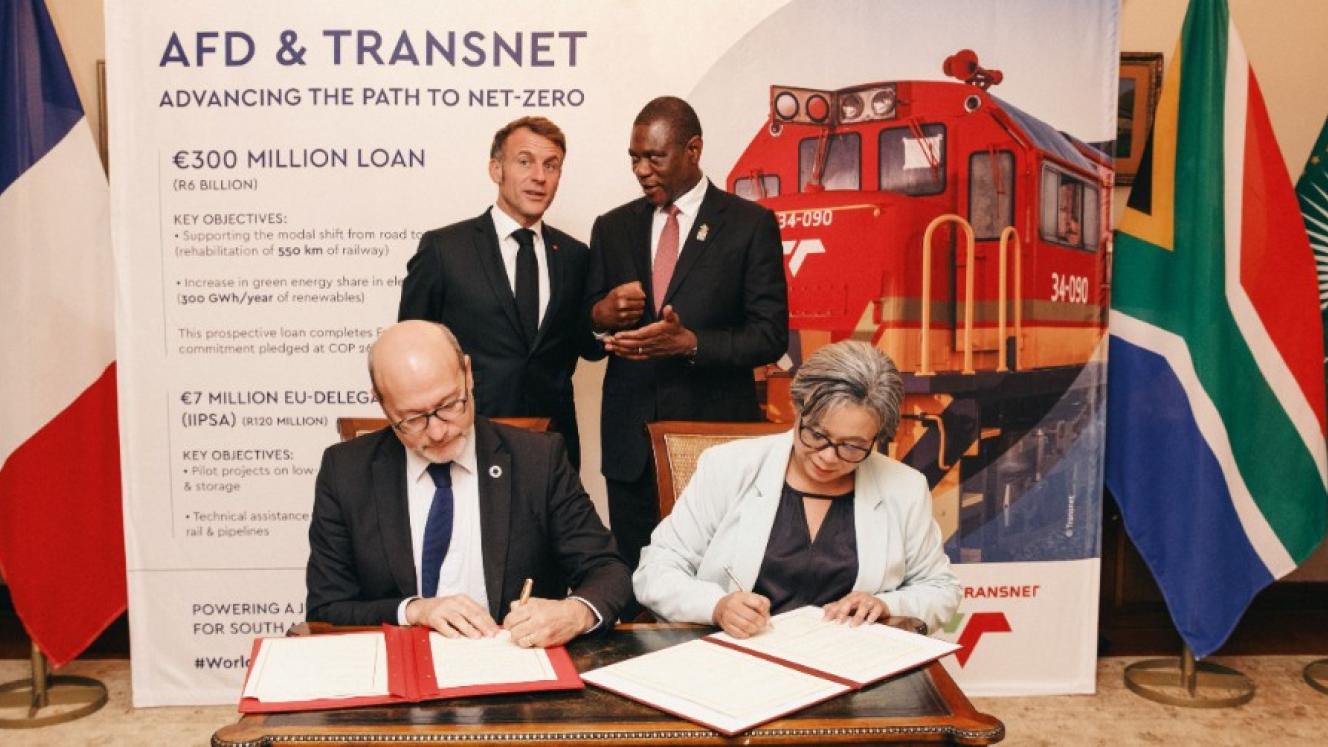Major ports worldwide are grappling with extended vessel-waiting times, raising the risk of renewed upward pressure on freight rates, according to maritime intelligence company Kpler.
In its most recent industry report, Kpler said port congestion had emerged as “one of the most significant operational challenges” facing global maritime supply chains.
The firm said that anchorage idling, berth-allocation delays and yard bottlenecks were increasingly common across several major hubs.
These ports include Ningbo‑Zhoushan, Rotterdam, Singapore and Cape Town, where adverse weather conditions continue to disrupt throughput.
Shipping stakeholders in South Africa are increasingly asking the same question: whether the country’s ports realtor and terminal operator, TNPA and TPT, have the necessary nous to deal with high-speed wind and surging swells.
Kpler warned that when vessels spend longer at anchor or waiting for berths, effective fleet capacity is reduced, leading carriers to absorb higher operating costs, including labour, fuel and container repositioning.
These pressures, it said, typically translated into higher freight rates as shipping lines passed on increased costs to customers.
The company’s analysis shows that container yards operating above 75% to 80% utilisation experience sharp slowdowns in throughput, compounding already fragile schedule reliability.
According to Kpler’s assessment, Cape Town is currently among the worst-performing globally in terms of vessel delays and productivity.
Additional data from other logistics-risk providers suggests congestion has intensified in recent months at several European and Asian gateways, indicating that supply-chain disruption remains far from resolved.
Kpler cautioned that persistent congestion would continue to weigh on carrier schedules, port efficiency and global trade flows, adding to cost volatility as peak-season planning begins for key trade lanes.













